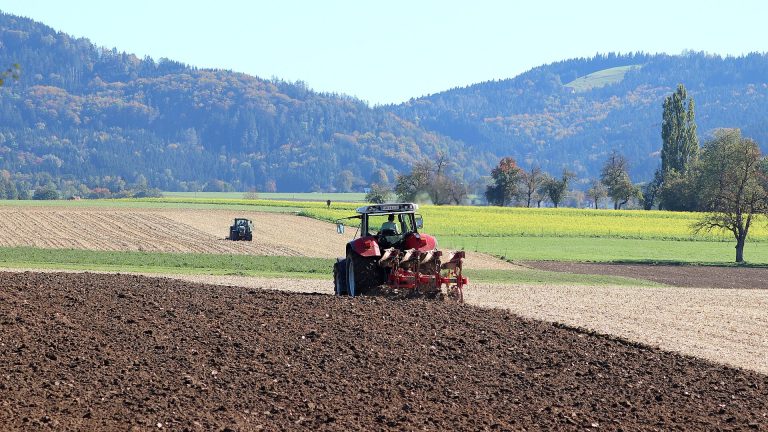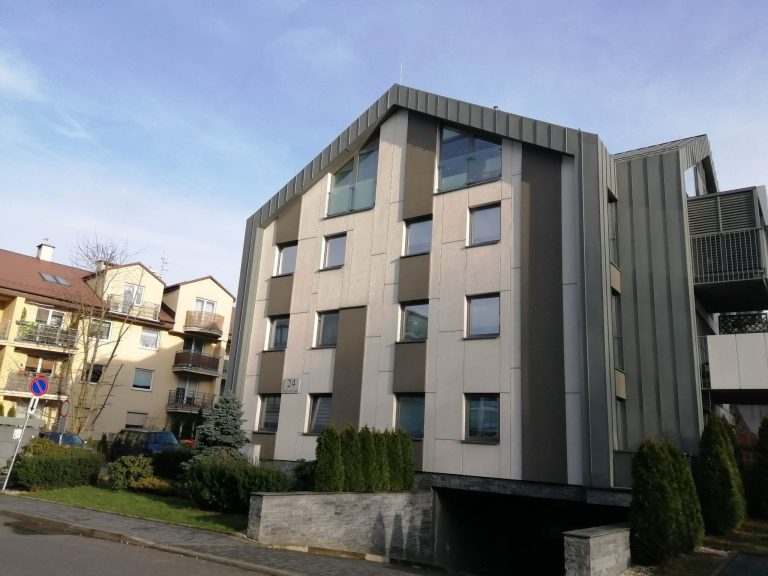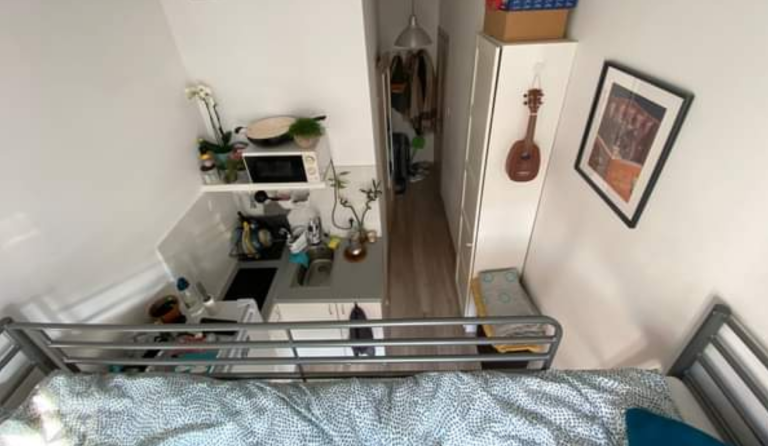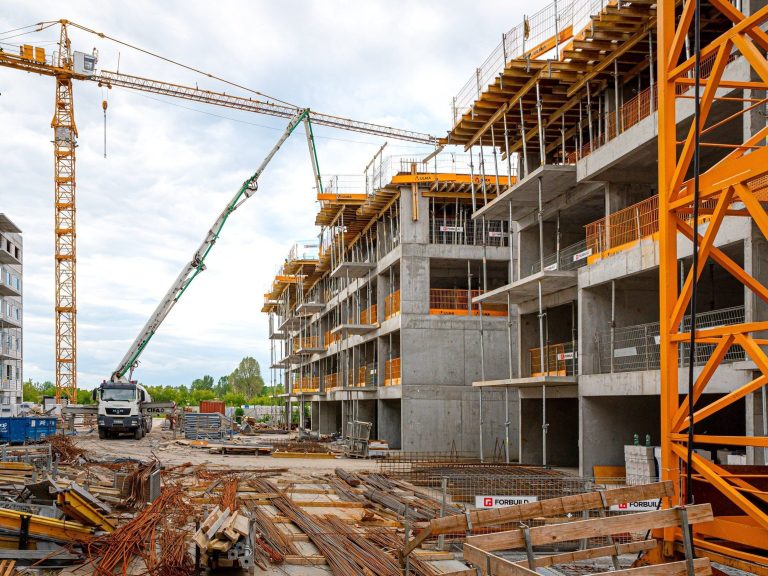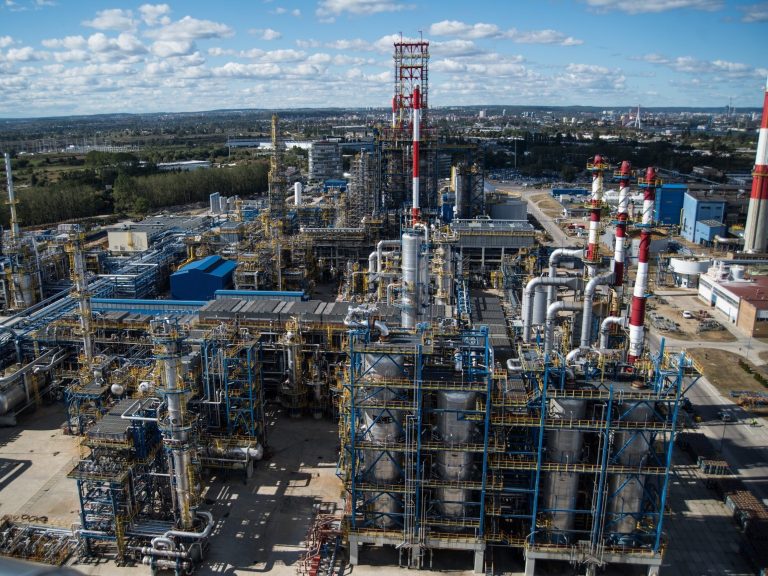Green game
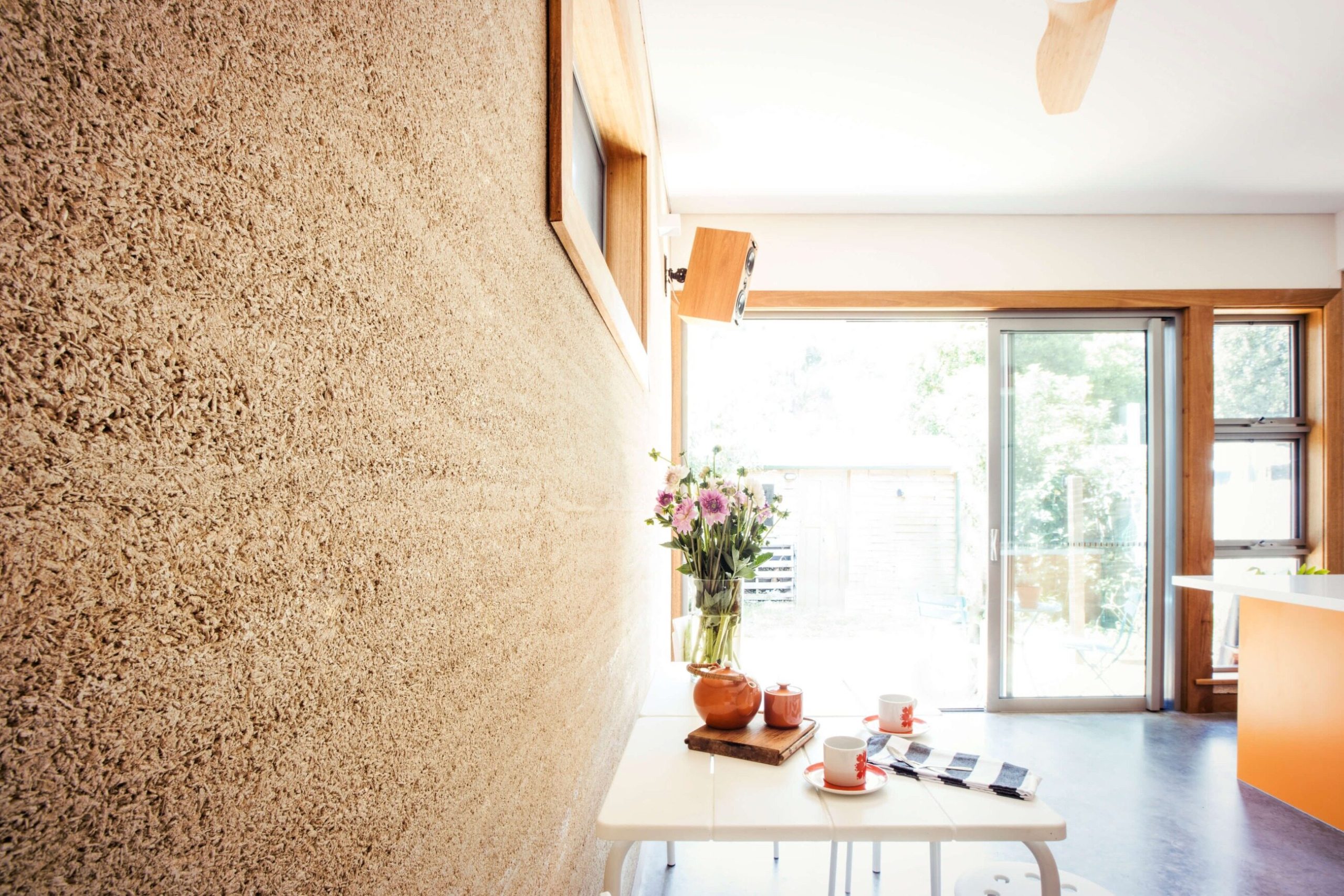
Ecological, low-emission, energy-efficient construction. Our planet likes it! But it’s not just her. What’s good for the environment is also good for us. For our health, but also for our wallet.
How to help the planet and home budgets? The construction sector offers many opportunities. New energy-saving materials, innovative, minimizing the so-called carbon footprint technologies, sometimes a return to old, proven “patents” and materials of natural origin, all this helps to “build the future” in the most real sense. Where to start?
Ecology under construction
Thatched log houses. Moss used to seal facades. Rainwater tanks standing proudly on the property. Eco? Yes, but what is worth knowing, not always, because in ecological construction, one of the most important concepts is the so-called carbon footprint, i.e. the sum of greenhouse gas emissions generated during the entire “life” of a given building, starting from the phase of production and transport of materials used for construction, through the phase of use of the investment, to the period of demolition and recycling/disposal of the whole and its specific elements. Ergo? A wooden house will not be fully eco-friendly if we order wood for construction at the end of the world, or if we use materials that generate an excessive carbon footprint for its finishing. Also when the house is poorly insulated and we will have to use too much energy to heat it.
How to build a house with a low carbon footprint? This can be achieved, for example, by using materials of natural origin, i.e. unprocessed.
Return to the roots
The use of natural materials during construction is an idea as old as the idea of building itself. An idea and a necessity, because to be precise, there were no other materials for a long time. Later, somewhat forgotten, replaced by methods considered more effective and cheaper, natural raw materials came back into favor in the 1980s with the fashion for the so-called bioconstruction being the answer, among others, to the increasing number of health problems among the population related to the excessive use of construction chemicals.
Naturally, or mainly made of wood? Not necessarily. Bioconstruction also includes straw bales, i.e. cubes of pressed straw placed in a wooden structure.
It is also a clay brick, i.e. a brick made of unfired clay with an admixture of gravel, sand or straw, or known since the 19th century, and today more and more popular, among others. in the United States, wood clay, a structure made of firewood logs or short stumps held together with clay or lime mortar.
Interestingly, bioconstruction also uses… used tires. After tamping earth and sand into them, we obtain an excellent building material, although this is a solution for true eco-enthusiasts, such as the author of the idea, American architect Michael Reynolds. Natural building materials are also finishing materials. Plaster? Preferably clay or limestone, ideal for allergy sufferers because, according to experts, it perfectly regulates the humidity level in the building.
What instead of concrete?
The question about concrete is absolutely justified because, according to analyses, it is responsible for a large part of the carbon footprint generated by construction. It is still used even though there are many materials that are equally good and much better for the environment, including recycled ones. An interesting example is papercrete, also called papermaking concrete or fiber cement. A material made from a mixture of paper, cardboard, sand and cement.
Papercrete is very light, because after concentration it is almost 80%. consists
from the air, and at the same time it is extremely resistant not only to loads, crushing, but also to fire.
The recommended material with a reduced carbon footprint is also the so-called hempcrete, i.e. hemp concrete, made from chopped woody parts of industrial hemp, connected with a lime-based binder, sometimes with the addition of clay or sand. Hempcrete is often mentioned as an alternative to concrete, which dominates construction, not only because its production has a much lower impact on the natural environment. Hemp “concrete” is light, very resistant to cracking, and the micro-cracks created during the building’s operation close themselves upon contact with moisture. Another plus? The thermal insulation properties of hempcrete, significantly increasing the energy efficiency of our investment.
Will concrete become a thing of the past? Not necessarily, it’s too popular and, most importantly, cheap. However, minimizing its use is highly recommended. As analysts argue, reducing the share of concrete elements in a building and replacing concrete itself with materials with a low carbon footprint is the direction in which architects and constructors should turn.
Ecology and economics
The issue of Styrofoam also looks interesting in the context of the carbon footprint in construction. This is a material around which many myths have arisen, but contrary to popular belief, it has a relatively low carbon footprint. Why? It is cheap and has good thermal insulation properties. It is also light, non-absorbent, biologically resistant, easy to process, self-extinguishing, easily recyclable, and at the same time durable, and the use of long-lasting materials is one of the ways to minimize the burden on the environment, not to mention our wallet.
The materials we use to build our house are important, but equally important, especially in the context of energy efficiency that reduces the carbon footprint, are planning issues. As argued by the creator of the Małopolska Energy-Saving Construction Laboratory, prof. Marcin Furtak from the Krakow University of Technology, energy-efficient construction differs from traditional construction in that each investment requires separate treatment and should be considered individually, especially in the context of location and selection of the most appropriate technologies. The choice of solutions used should be influenced by, for example, the location of our investment. Terrain, sunlight and soil and water factors. The layout of the building is also important for future operating costs. Example? Heated rooms should transfer some of the energy to unheated walls.
A completely prosaic, yet important, component of energy saving is the tightness of the structure. This is one of the examples that energy efficiency does not have to be expensive. Sometimes simple workmanship is enough. What if we are already investing? A good way to improve the carbon footprint of our home is to use photovoltaic panels. The investment pays off within a few years, and the energy we obtain is clean and safe for the environment. The good news for fans of solar energy is that, according to manufacturers, the process of recycling used panels is becoming more perfect every year.
Eco-estates
Eco-construction, paying attention to the carbon footprint generated by the industry, is no longer just a fashion or a trend that will pass. It’s a necessity. The direction of the future. Developers also notice this, even though ecological and energy-saving solutions have long been used mainly in the office sector. Today, developers’ offers increasingly include ecological solutions also in residential construction. Green roofs and green facades are one of the characteristic elements of such housing estates, but that is not all. It is increasingly common for developers to cooperate with ecologists, dendrologists and ornithologists already at the estate planning stage. Solar panels, reused rainwater, ecological materials. Effect? Zero-emission blocks of flats surrounded by green groves in housing estates with hedges instead of fences. An important aspect of green construction is the desire to minimize the impact of investments on the environment, already at the construction stage.
Contrary to what we imagined just a few decades ago, the houses of the future will probably not look like those we admired in the American cartoon “The Jetsons” produced in the 1960s. The Jetsons had a house packed with electronics, but they didn’t worry about energy efficiency or environmental protection. For us it is a necessity.

